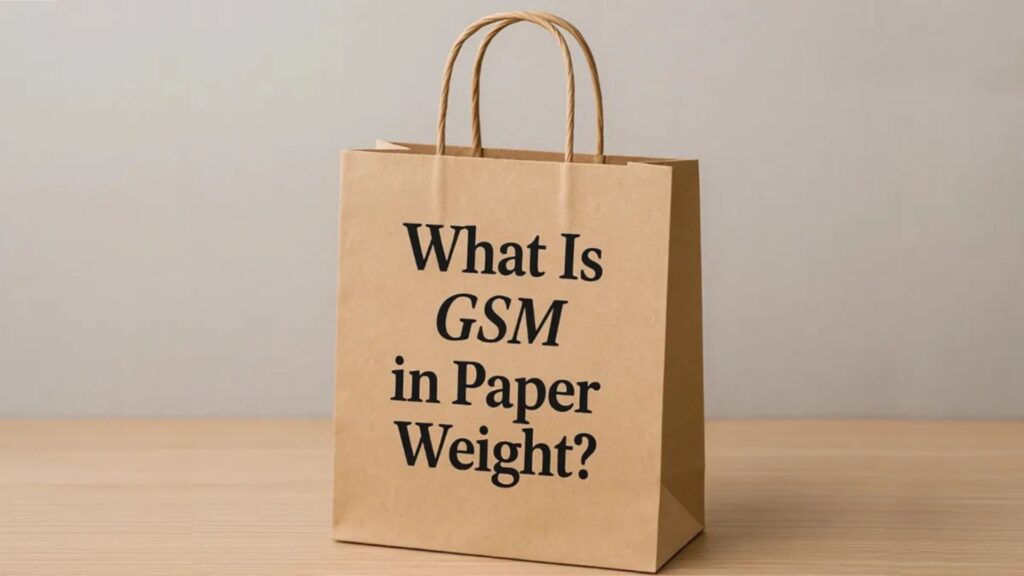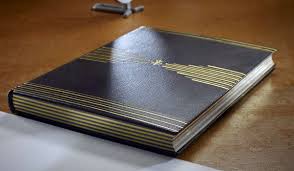
When choosing paper for printing, crafting, or bookbinding, the term GSM often appears—but what exactly does it mean? GSM stands for grams per square meter, a standard measure of paper weight and thickness. Understanding GSM is crucial for selecting the right paper for your project, as it affects durability, feel, print quality, and overall appearance. This article explains what GSM is, how it’s measured, and why it matters across different applications.
What Is GSM?
GSM measures the weight of paper by calculating how many grams a single square meter of that paper weighs. For example, a paper with a GSM of 100 means that one square meter of it weighs 100 grams.
Unlike traditional paper weight systems used in the United States (like pounds per ream), GSM provides a direct, standardized metric measurement, making it easier to compare papers internationally.
How Is GSM Measured?
Manufacturers produce sheets of paper in large rolls or sheets, then calculate the weight of a precisely cut one-meter by one-meter sample. This weight gives the GSM value. The higher the GSM, the thicker and heavier the paper generally is.
It’s important to note that GSM measures weight, not thickness directly. However, there’s often a correlation—heavier paper tends to be thicker, but the type of fiber and manufacturing process can also influence thickness and stiffness.
Common GSM Ranges and Their Uses
-
35–55 GSM: Thin paper like newspaper or tracing paper. It’s lightweight and flexible but tears easily.
-
70–90 GSM: Standard printer paper and copy paper. Suitable for everyday printing and office use.
-
90–120 GSM: High-quality printing paper or letterhead. Offers a good balance between sturdiness and flexibility.
-
120–160 GSM: Cardstock and brochure paper. Thicker, more durable, suitable for covers and high-end printing.
-
160–250 GSM: Heavy cardstock, used for business cards, postcards, and premium book covers.
-
250+ GSM: Very thick paper or light cardboard. Used in luxury packaging, hardcover book covers, and invitations.
Why GSM Matters in Bookbinding
For bookbinders, GSM directly impacts the feel, durability, and usability of a finished book:
-
Text Block Paper: Usually, 70–100 GSM paper is used for the pages inside books, balancing flexibility and durability.
-
Cover Paper: Book covers often require heavier paper or boards (above 250 GSM) to protect the interior and provide rigidity.
-
Endpapers and Inserts: These are often made from slightly heavier or decorative paper to add visual interest and strength.
Selecting the right GSM prevents issues like pages that are too thin and tear easily, or covers that are too flimsy to protect the book.
GSM and Print Quality
Heavier paper generally provides better print results. It absorbs ink more evenly, reduces bleed-through, and enhances color vibrancy. For art books, photography portfolios, and high-quality prints, selecting a higher GSM paper can make a noticeable difference.
However, thicker paper can also be more expensive and heavier, so it’s important to balance quality with cost and usability.
GSM in Everyday Life
Understanding GSM helps consumers make informed decisions when buying stationery, crafting materials, or printing services. Whether you want to create elegant wedding invitations, durable business cards, or crisp flyers, knowing the GSM guides your choices.
For example, a glossy magazine may use around 100 GSM for pages and 250 GSM for the cover, while a luxury greeting card may use 300 GSM cardstock.
Conclusion
GSM is a simple but essential measurement that reveals a lot about paper’s weight, thickness, and suitability for various projects. By understanding GSM, artists, printers, bookbinders, and consumers can choose the right paper to ensure their work looks professional, feels substantial, and lasts longer. Next time you pick up paper, remember that GSM is your guide to quality and performance.







